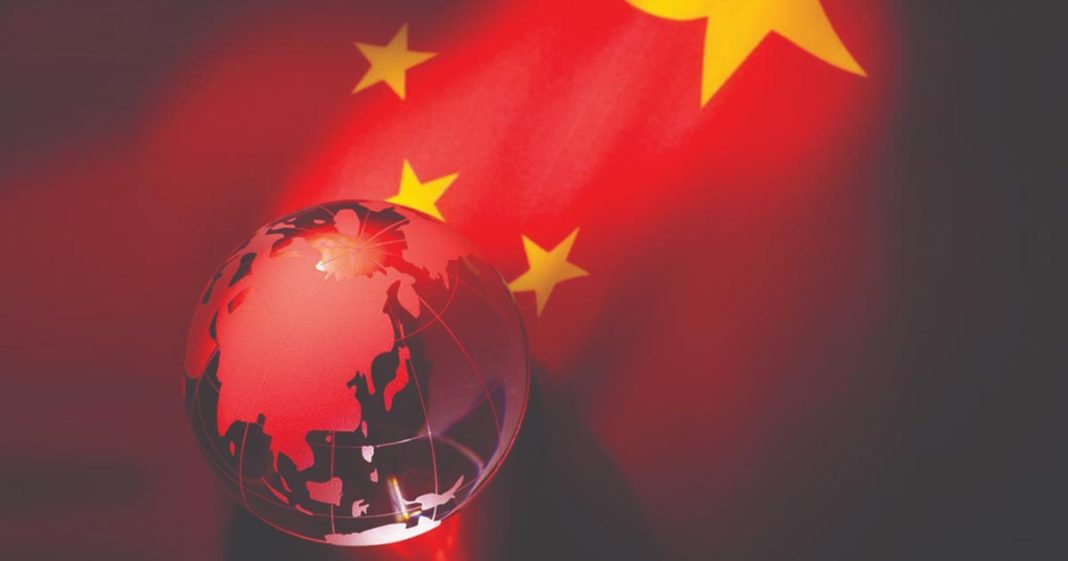The Chinese Communist Party (CCP) is the ruling political party of the People’s Republic of China. The party is the vanguard of the Chinese working class, a staunch supporter of Chinese culture, and the voice of Chinese people of all ethnic groups. The CCP was founded in 1921 on Marxist-Leninist principles and was inspired by the Russian Revolution. The party, with its pragmatic and savvy mindset and flexible institutional framework, has evolved from a revolutionary party pursuing utopian goals to a technocratic party dedicated to modernizing China in the post-Mao era.
By reforming economic and political systems and laying the groundwork for socialist modernization with Chinese characteristics, CCP has atoned for mistakes made during and before the Cultural Revolution. Over time, it has redefined itself as a force for change, guiding China’s transformation into a modern socialist state and directing its rise to global power.
Read more: Fearing China, India offers $2b aid to Sri Lanka
Understanding the matter better
Correspondingly, China has transitioned from the ‘sick man of East Asia’ to a moderately prosperous society. China’s path to modernization is a socialist path, not a capitalist one. With the rise of China under Mao Zedong’s leadership, the Chinese Communist Party (CCP) embarked on a path toward socialist modernization. The path to socialist modernization began with a redevelopment strategy based on the ‘four modernizations’ (1964–2000). It was followed by Deng Xiaoping’s ‘three-step’ strategy for a modern socialist country (1980–2050). At present, China is pursuing its ‘two centenary goals’ (2000–2050) as well as working to achieve Xi Jinping’s ‘two-stage’ strategic plan (2020–2050). These strategies served as road maps for China as it strives for socialist modernization with Chinese characteristics.
The Chinese Communist Party (CCP) advocates for national rejuvenation during the modernization period by providing institutional guarantees for rapid development. It has helped to reestablish Marxist ideological and organizational lines. The value of Mao Zedong Thought as a scientific system was evaluated. In addition, the Party has initiated the process of readjusting the national economy by providing a comprehensive industrial and economic framework. The party has established several zones for foreign investment such as special economic zones, technology development zones, and high-tech industry development zones. These zones have sparked massive inflows of foreign investment. This investment boom resulted in the emergence of a large number of entrepreneurs and venture firms in China. China’s economic performance has paved the way for the CCP’s modernization drive.
Furthermore, state-owned enterprise (SOE) reforms have been an important part of the CCP’s socialist modernization drive since the 1970s. In early 2018, the CCP leadership was ordered to be institutionalized in all state-owned enterprises (SOEs) in order to establish the CCP leadership as the defining feature of socialism in China. Later on, the movement included domestic private and foreign investment firms as well. Along with the massive shifts in economic policies, a whole slew of political, legal, and constitutional reforms has emerged.
Read more: How China can avert Afghanistan’s humanitarian crises?
The reforms have helped in modernization by establishing institutionalized public participation. In social programs such as education, science, culture, health, defense, and sports, significant progress was made. In a similar vein, the CCP proposed a new era concept of peace and development, as well as a multi-tiered framework for international relations. It rebalanced its relations with other major countries and forged friendly ties with neighbors.
This pushed economic globalization in the direction of common prosperity
In conclusion, understanding the CCP’s history over the last century is critical to understanding China’s and the world’s future on issues ranging from globalization to international relations. China is a leading economic giant in the twenty-first century, as well as a modern society. China’s rapid economic growth is the result of the socialist modernization drive of the Chinese Communist Party (CCP). The entire landscape of Chinese politics has changed since the CCP experienced significant transformation. The road to socialist modernization has frequently been difficult. The Party, on the other hand, has continued unabated.
The CCP has demonstrated its ability to adapt to contemporary issues and rise to the challenge of completing China’s road to a modern socialist country while maintaining its dominance over the Chinese political system. There appears to be no ‘Modern China’ without the Chinese Communist Party. Chinese modernization is ushering in times of unprecedented development, and prosperity with the arrival of China as a major power. To put it simply, achieving socialist modernization by 2035 will be a defining moment in Chinese history.














